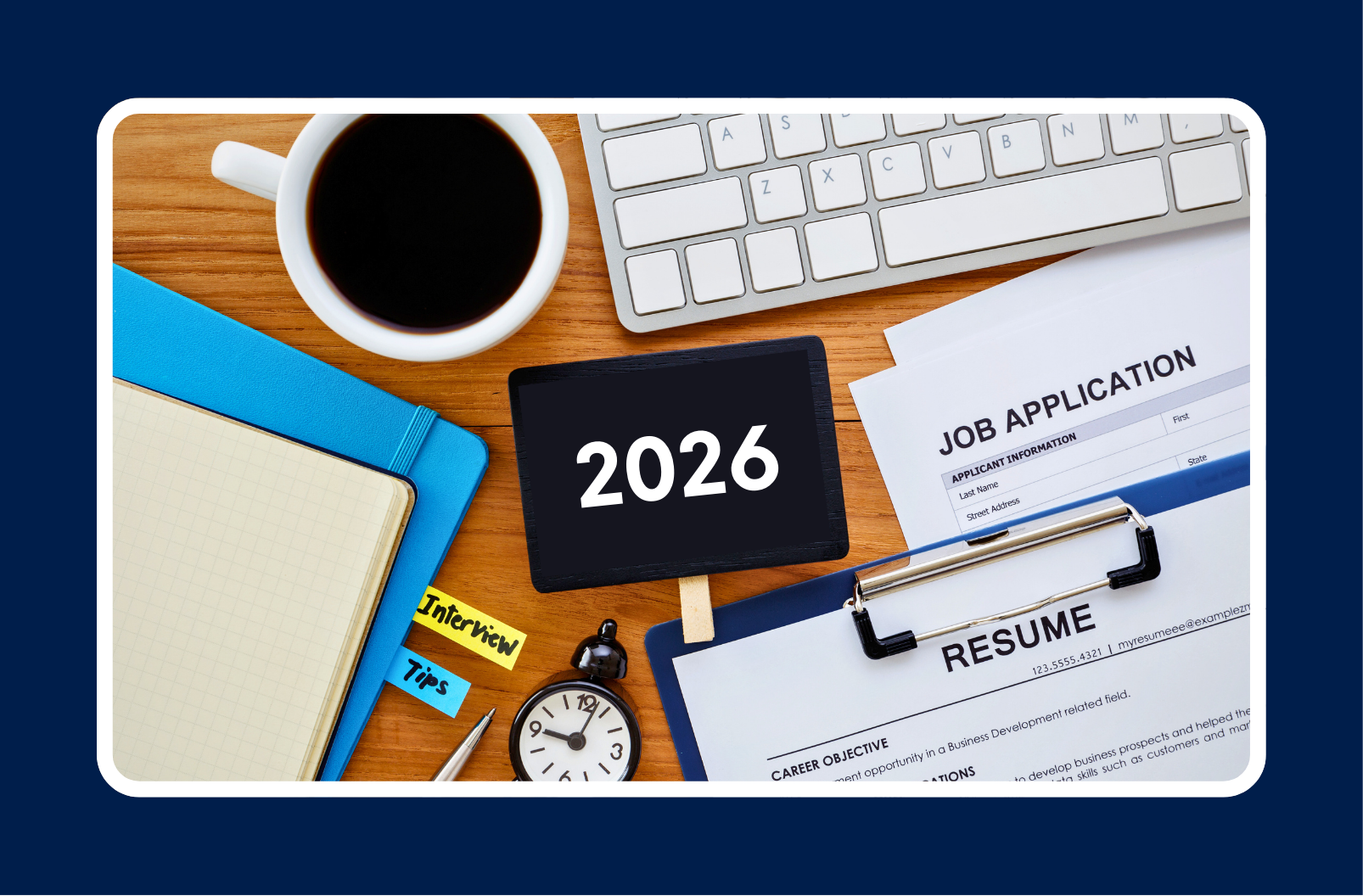While filling out your LinkedIn and resume in detail may seem redundant at first glance, each serves a distinct purpose, and together, they form a powerful toolkit for showcasing your skills and experiences. While they should be similar, let’s discuss their key differences and how they work hand-in-hand!
Advantages of an Optimized LinkedIn
Your LinkedIn profile is more than just an online resume; it’s your professional brand hub offering the ability to be social and interactive with your viewers.
Expanded Content: Unlike a resume, which is typically limited to one or two pages, your LinkedIn profile can provide a comprehensive overview of your entire career history, experiences and achievements, and can feature links to your portfolios, projects, articles, and more.
Networking Opportunities: LinkedIn is a networking powerhouse, connecting you with professionals, recruiters, and potential clients or customers. It’s an ideal platform for building your professional network and staying updated on industry trends.
Thought Leadership: Your LinkedIn profile is also a platform for sharing your thoughts, insights, and expertise through posts and articles and help establish you as a thought leader in your field.
Visibility to Recruiters: Recruiters and hiring managers often use LinkedIn to source candidates. Optimizing your profile increases your chances of being found for job opportunities.
Impact of a Well Crafted Resume
While LinkedIn offers a holistic view of your career, your resume remains a crucial tool for job applications.
Tailored for Specific Roles: Unlike your one LinkedIn profile, which is visible to a wide audience, your resume can be customized in many forms for different viewers and job applications. This allows you to highlight relevant skills and experiences tailored to each role.
Standard Application Requirement: Resumes are still the standard document required for job applications. They provide a concise summary of your qualifications, making it easier for hiring managers to assess your fit for a position in a fair and standardized process.
Why You Need Both
Here’s how to integrate your LinkedIn profile and resume effectively.
Consistency: Ensure that your LinkedIn profile and resume reflect consistent branding, skills, and timelines of professional history with employers and dates aligned.
Link Integration: Include your LinkedIn profile URL and portfolio links in your resume’s header, which will provide recruiters and hiring managers with easy access to additional information about you.
Optimization: Regularly update and optimize both your LinkedIn profile and resume to align with your career goals and industry trends.
Check out our previous blogs with detailed resources for optimizing your LinkedIn profile and resume! By leveraging the complementary strengths of LinkedIn and your resume, you create a comprehensive and compelling narrative of your professional journey.
How to Craft the Perfect LinkedIn Profile
How to Update Your Resume to Land Your Dream Job Interview







